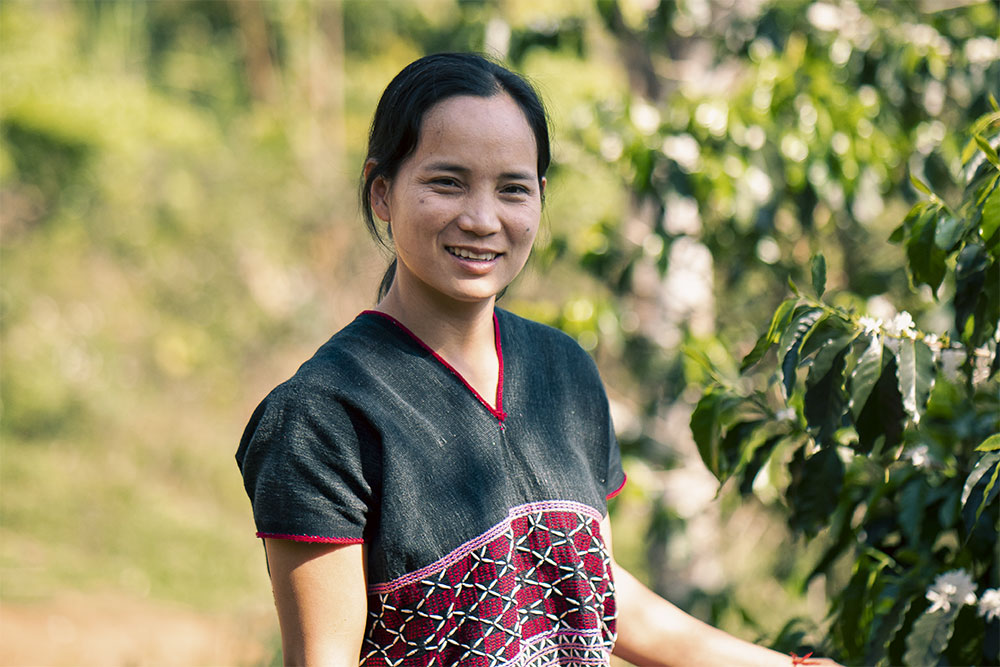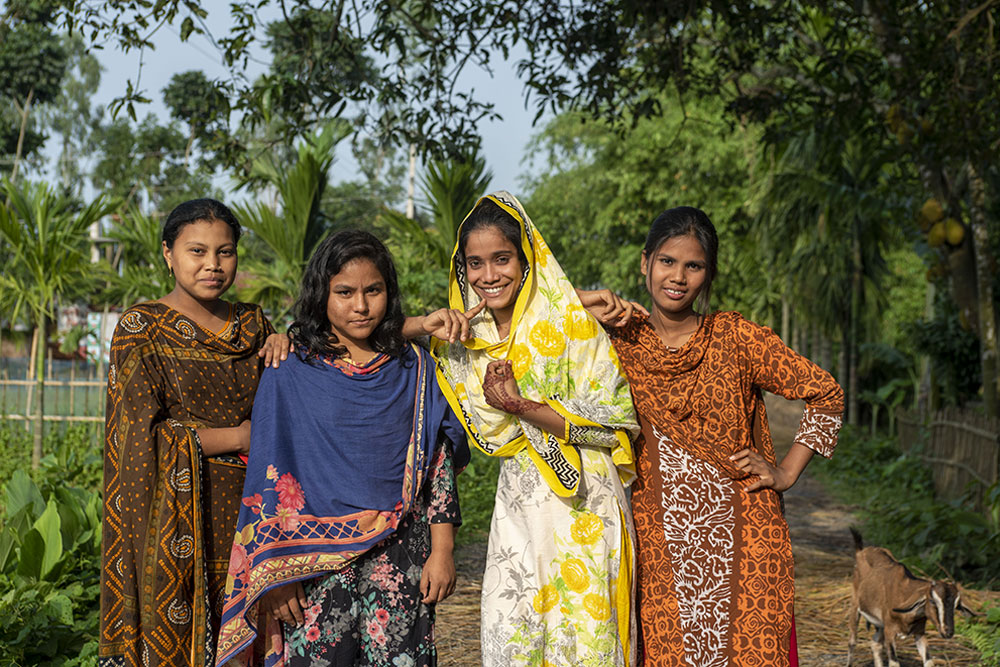- CARE images/video should reflect that girls and women are the heart of CARE’s work. Powerful portraits of girls and women, from young school girls to the elderly, are especially effective at conveying CARE’s brand. Images of men and boys should also be captured.
- Portraits with eye contact create an emotional connection between the subject and the viewer.
- Images/video should evoke dignity, determination, individual and community pride, self-improvement, community improvement, self-reliance, capability, and empowerment. It is fine to show need or problems where they exist.
- Including a subject’s living or working environment in the image provides meaningful context.
- CARE workers should be portrayed as compassionate professionals supporting community-based solutions to poverty.
- Images/videos depicting crises or emergencies should reflect the severity of a situation while always respecting and protecting the dignity of the subjects.
- Information associated with a photo/video must be accurate. Whenever possible, a photo release should be obtained from the subject. If possible, subject’s name, location, and the role the subject plays in the story being gathered should be available for captions and other text.
- Documented permission is required from a subject before identifying them as a member of a vulnerable population. Vulnerable populations include (but are not limited to) people with HIV and AIDS, former child soldiers, survivors of human trafficking or violence, and current or former sex workers. Individuals who are not members of these populations should never be falsely identified as such.
- There may be situations in which nudity is an appropriate or necessary part of a CARE image. In these rare instances, the image and its intended use should be reviewed and approved by a senior communications manager.
- Newer images and videos are preferable to older ones. Before using photos or videos that are older than five years, in a context that is not historical, approval by a senior communications manager is required.
- Any digital manipulation of a still image (e.g., flipping or altering content) is strongly discouraged. If an image is created, staged, or manipulated, the image must be reviewed by brandsupport@care.org for approval.
- Photo credits must accompany all externally distributed photos. The external photo credit format is © date photographer name/CARE. For example, © 2019 Josh Estey/CARE. Credits should be reviewed by brandsupport@care.org for accuracy, format, and legal compliance prior to distribution.



